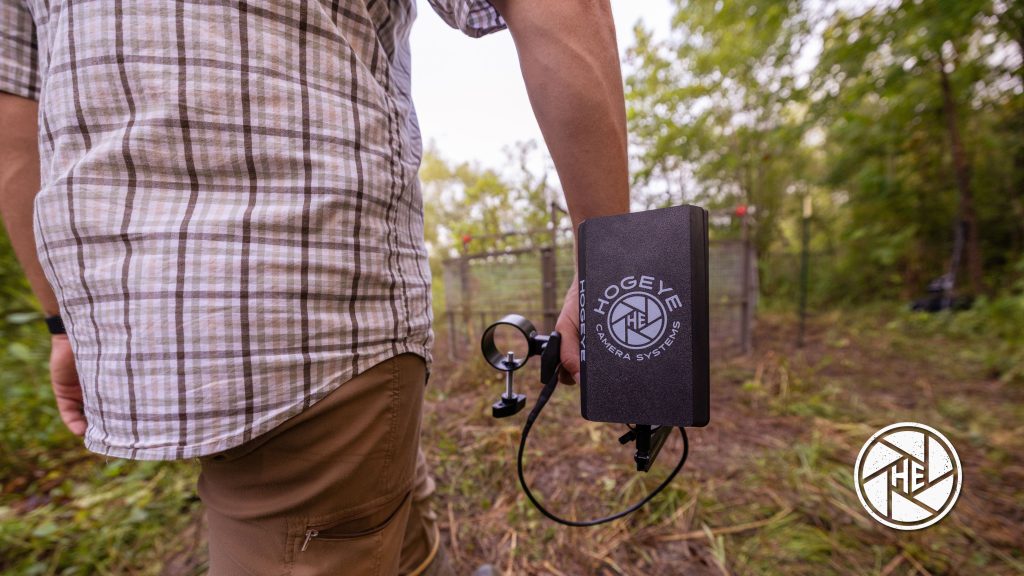Feral hog monitoring technology is powerful—but only when used correctly. Even experienced landowners fall into common traps that reduce monitoring effectiveness, waste time, and let destructive sounders slip through undetected. Here are the top five mistakes made in hog monitoring, and the proven fixes that will turn your HogEye (or any camera system) into a reliable line of defense.
1. No Pre-Baiting or Scouting
Mistake: Deploying cameras or traps without first scouting for active hog signs or pre-baiting sites.
Effect: Low camera activity, poor monitoring data, wasted resources.
How to Avoid:
- Always walk the property for rooting, wallows, fresh tracks, and scat before installing cameras.
- Place bait a few days in advance to draw hogs into camera view and establish consistent activity patterns before formal monitoring begins.
- Use HogEye to verify arrival times, herd sizes, and preferred trails before committing to a long-term camera location.
2. Improper Camera Placement
Mistake: Setting cameras too high, too low, or in sites with poor visibility or wrong background.
Effect: Missed events, wasted photos, false landscape triggers.
How to Avoid:
- Mount cameras 3–4 feet high, pointed at a known trail, bait site, or wallow.
- Avoid direct sunrise/sunset positions (which can trigger false alerts).
- Check with a live preview from the app—adjust height and angle until hog movement fully fills the frame, both day and night.
3. Skipping Device Setup & Notifications
Mistake: Failing to fully configure app/account settings, notification triggers, or motion zones.
Effect: Missed critical events, lost data, late responses.
How to Avoid:
- Use the HogEye app to set up push and email notifications tailored to your schedule.
- Validate all firmware is updated and motion detection zones are set to focus on target areas.
- Test by walking into camera range to confirm alert and video upload before leaving the site.
4. Not Monitoring or Acting on Alerts
Mistake: Ignoring motion or video alerts, allowing activity logs to pile up, or forgetting to review nighttime activity.
Effect: Herds move through undetected, pattern data is lost, and opportunities to control populations are missed.
How to Avoid:
- Review alerts promptly; use overnight summary features to see all activity at a glance.
- Schedule time to check logs each morning and when changing bait/feed.
- Set up multiple users for monitoring—assign someone to “on-call” status for weekend or holiday checks.
5. Data Gaps and No Long-Term Tracking
Mistake: Relying only on camera memory or failing to record event history for later analysis.
Effect: Patterns go unnoticed, repeat offenders not tracked, limited ability to plan future response.
How to Avoid:
- Export HogEye video/alert logs to cloud storage monthly.
- Record sightings, herd sizes, and times in a monitoring journal or app.
- Use mapping and data tools from Blog 4 to overlay trends and plan next season’s strategy.
Quick Checklist: Hog Monitoring Success
- Scout sites thoroughly and pre-bait to attract hogs before camera install
- Mount camera at correct height, angle, and field of view
- Confirm device, app, and alert settings on your phone
- Review and act on all notifications, especially nocturnal activity
- Back up and regularly review footage/event data for trend discovery
Important Links
Avoid these mistakes and make HogEye the backbone of your hog control program. For more setup and tech optimization, review our comprehensive camera guide or schedule a consultation to tailor your monitoring plan.

